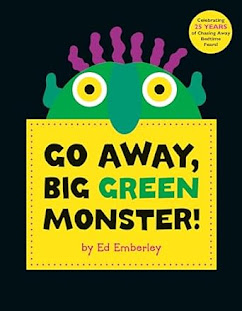When working with little guys, we need to help them understand routine, and what is about to happen.
First off: why visuals?
When children can see how ideas are connected, they realize how information can be grouped and organized. With visual learning, new concepts are more thoroughly and quickly understood when they are linked to prior knowledge.
Visuals help students understand and therefore, can more easily understand and retains information. Research tells us that the majority of students in a regular classroom need to see information to learn it. These strategies help students or all ages better manage learning objectives and achieve academic success. ... Paired with the brain's capacity for using
images, visual learning strategies help students better understand and retain information. The following are reasons as to why visual communication is essential. It is easier to process a visual signal quickly than to read a sentence of a paragraph full of text. ... Research shows that the brain processes images 60,000 times faster than texts.
Using visuals with preschoolers and children with disabilities is a great place to start.
I recently purchased these Visuals, Cue cards, and I love them.
Using visuals is great for rules and expectations for the classroom and at centres, the bathroom, and another classroom etiquette.
First - Then activities- for very simple/basic instructions. To encourage and reward cooperation with this simple technique for helping students complete a required activity before moving on to a preferred activity.
Play To Learn Preschool has somce visuals that you can use in the classroom for expectations, centers and for a first- then visual schedule. I really like them but they are many different options available on TPT.
There are even some pictures that can be used at home :)













0 comments:
Post a Comment